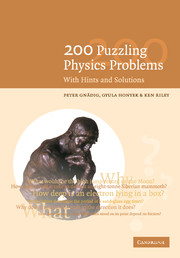addition rule The rule for combining probabilities of events Pr(A ∪ B) = Pr(A) + Pr(B) − Pr(A ∩ B)
Bayes' theorem In its simplest form Bayes' theorem states Pr(A∣B) = Pr(B∣A) Pr(A)/Pr(B) and can be used to transpose the conditionals, i.e. relate A∣B to B∣A
bias Quantifies how far the average statistic lies from the parameter it is estimating
binomial The distribution of the number of successes obtained in a series of n independent trials, when the probability of success (per trial) is p
bootstrap A resampling scheme allowing randomised datasets to be produced by resampling from the existing data
box plot Graphical representation of numerical data based on Tukey's five-number summary
bubble plot A type of scatter plot using circles as the plotting symbols, with the areas of the circles representing a third variable
central limit theorem States that the mean of n random variables tends to variable with a Gaussian distribution as n → ∞ (under quite general conditions)
central moment The Nth-order central moment is the mean (expectation) of the Nth power of the deviation of a random variable from its mean
chi-square In general the sum of squares of ν independent normal variables has a chisquare distribution with ν degrees of freedom
chi-square statistic Test statistic formed from the (weighted) sum of squares of differences between data and prediction (model)
chi-square test A goodness-of-fit test that compares the chi-square statistic to a chi-square reference distribution
